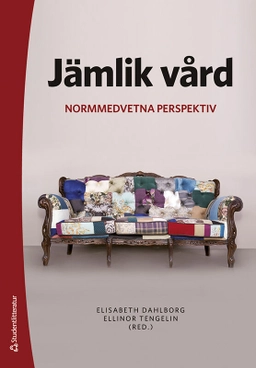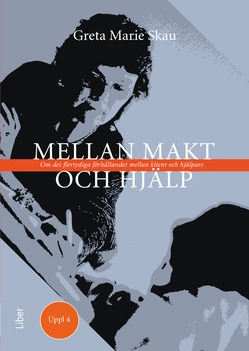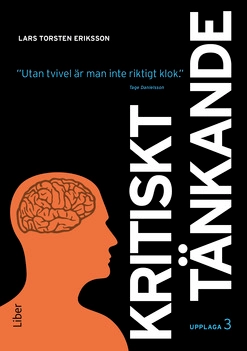

Introduction to Programming and Object-Oriented Design Using JavaUpplaga 3
- Upplaga: 3e upplagan
- Utgiven: 2008
- ISBN: 9780470128718
- Sidor: 1040 st
- Förlag: John Wiley & Sons
- Format: Häftad
- Språk: Engelska
Om boken
Åtkomstkoder och digitalt tilläggsmaterial garanteras inte med begagnade böcker
Mer om Introduction to Programming and Object-Oriented Design Using Java (2008)
I februari 2008 släpptes boken Introduction to Programming and Object-Oriented Design Using Java skriven av Jaime Niùo. Det är den 3e upplagan av kursboken. Den är skriven på engelska och består av 1040 sidor. Förlaget bakom boken är John Wiley & Sons som har sitt säte i Hoboken.
Köp boken Introduction to Programming and Object-Oriented Design Using Java på Studentapan och spara pengar.
Referera till Introduction to Programming and Object-Oriented Design Using Java (Upplaga 3)
Harvard
Oxford
APA
Vancouver



















